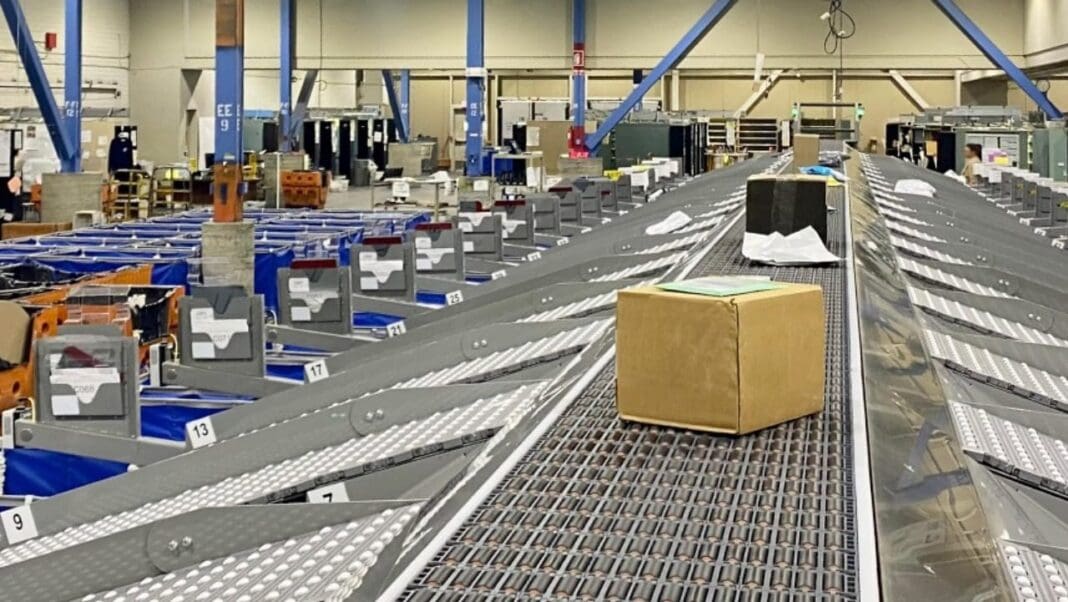Background
In November 2014, the Postal Service deployed the Automated Delivery Unit Sorter (ADUS), which automated the sorting of smaller packages in delivery units and small processing and distribution centers. Further, in 2021, as part of the 10-year Delivering for America Plan, the Postal Service kept its commitment to accelerate investments in new package sorting equipment to delivery units and rolled out the Small Delivery Unit Sorter (SDUS). According to the Postal Service, these machines process packages 12 times faster than manual sorting. However, this productivity can be affected by equipment breakdowns.
Analysis of data from October 1, 2021, through December 31, 2022, shows that 45 of 122 (or about 36.9 percent) ADUS and SDUS machines have downtime that is greater than the average for all delivery unit ADUS and SDUS machines.
What We Do
The objective of this audit was to evaluate how maintenance is performed on package sorting equipment within delivery units and determine the impact on machine downtime.
What We Found
The Postal Service did not properly perform maintenance on package sorting equipment at three of the four delivery units reviewed to ensure optimum performance and appropriate asset life. However, we did not find a direct correlation between lack of maintenance and machine downtime at the selected delivery units.
We found the main cause of machine downtime at the selected units was due to personnel improperly using the emergency stop button whenever they needed to stop the machine. Further, delivery unit personnel did not properly induct mail on the ADUS machine at both Toms River Main Post Office and Paschall Station. The improper operation of the package sorting machines was due to insufficient training of personnel, made worse by an overall insufficient number of personnel to optimally staff the machines.
Recommendations
We provided nine total recommendations, five to address issues with inconsistent maintenance and improper operation of package sorting equipment, one to address not entering the deployment of a machine into required data systems, and three to address ineffective communication between operation and maintenance personnel.



